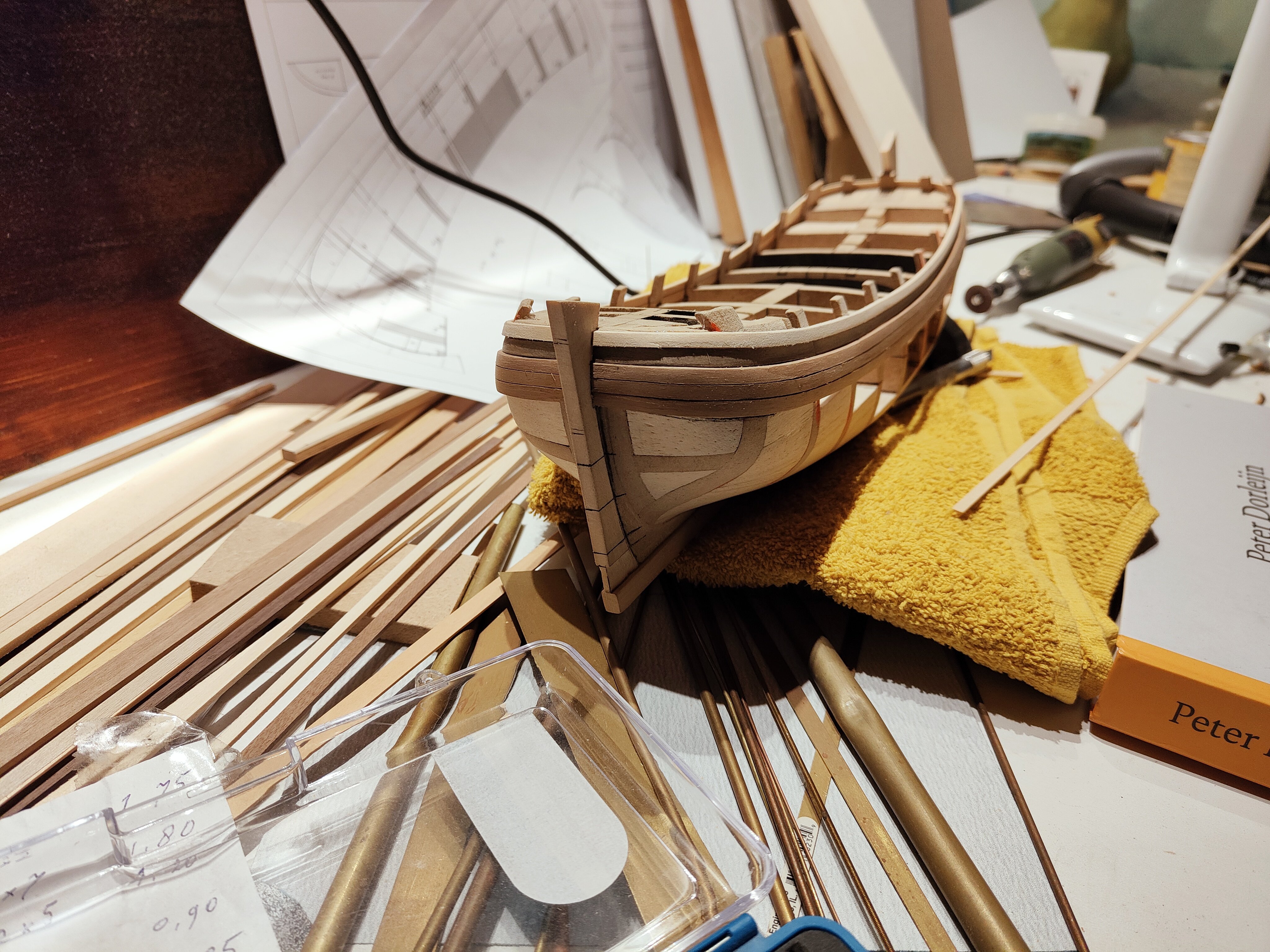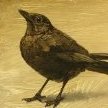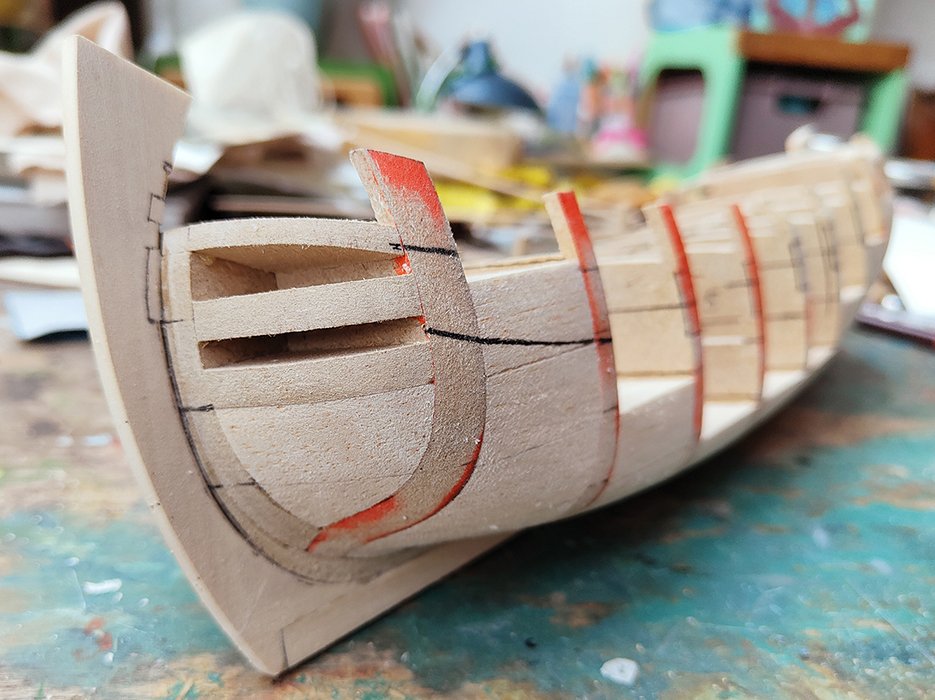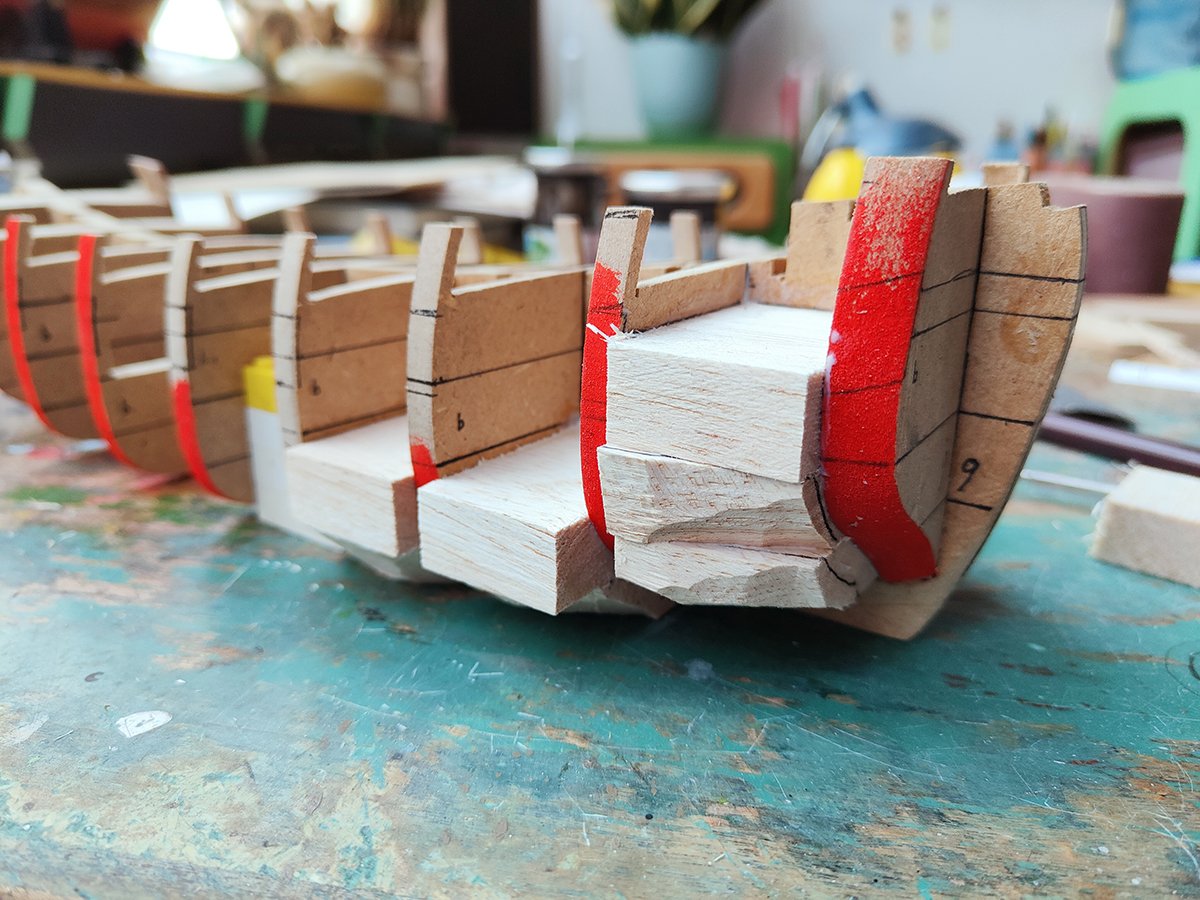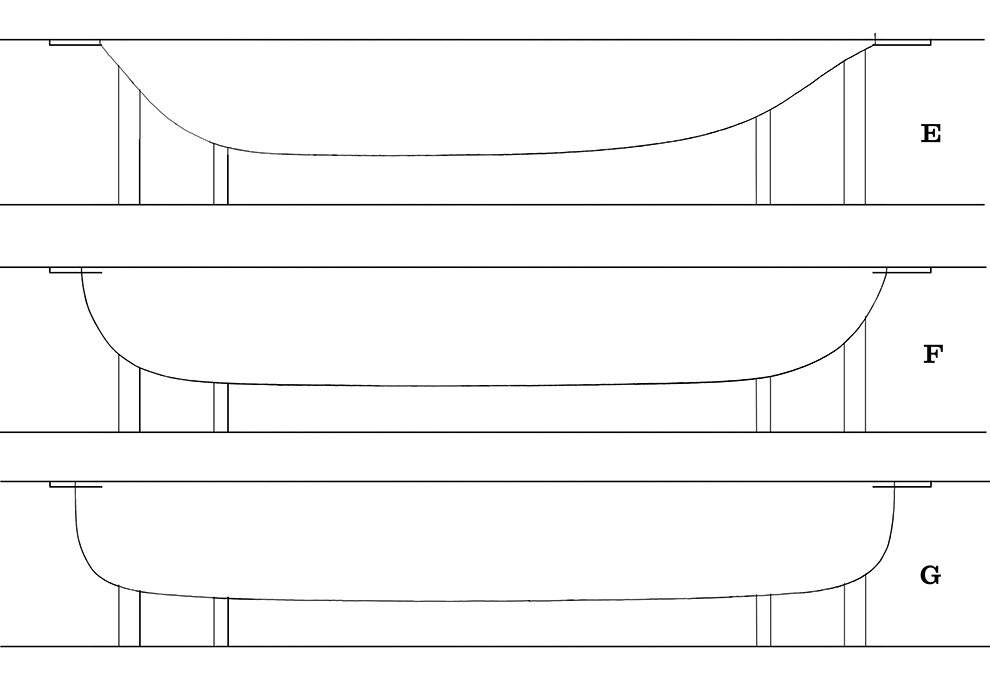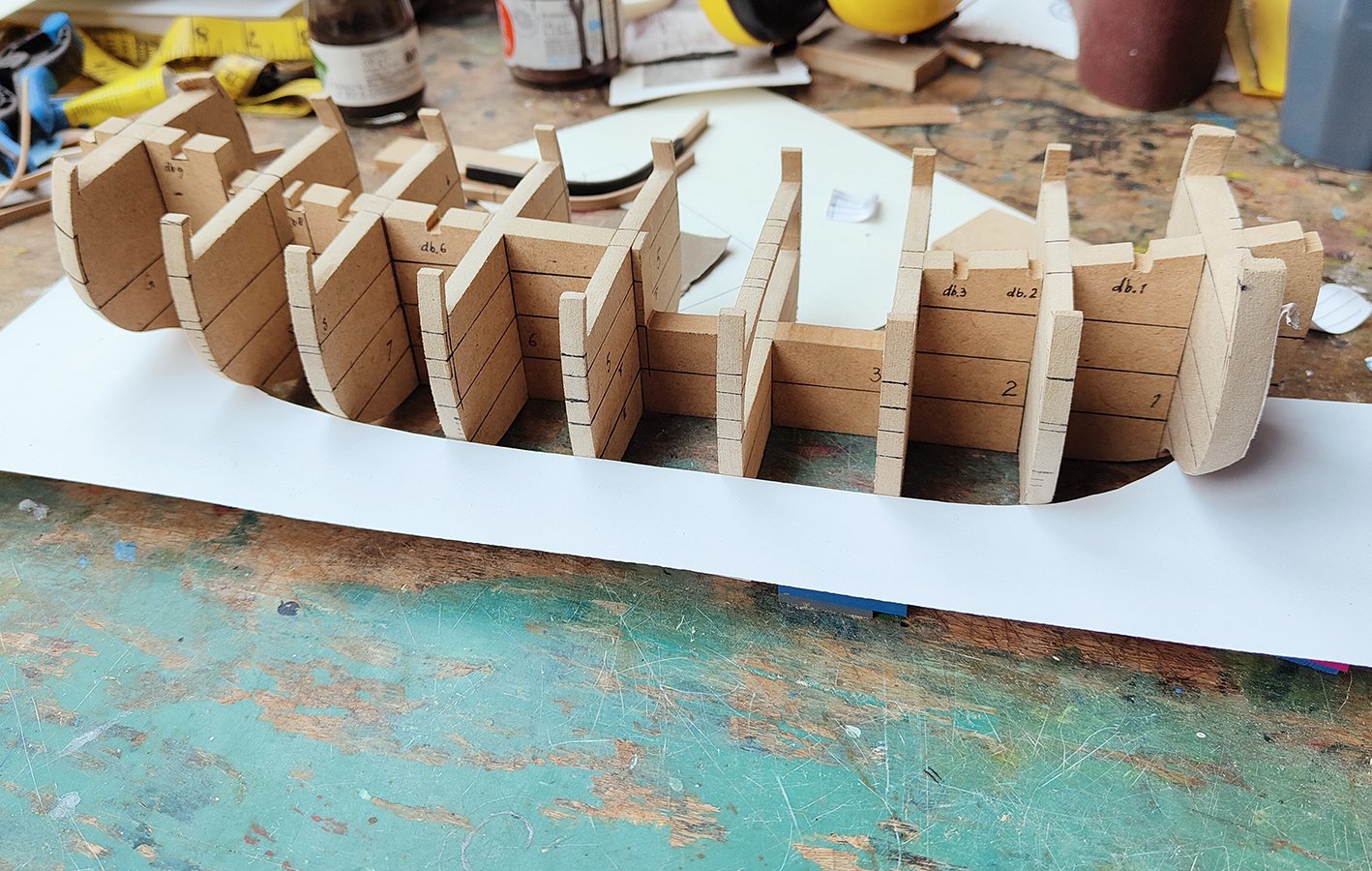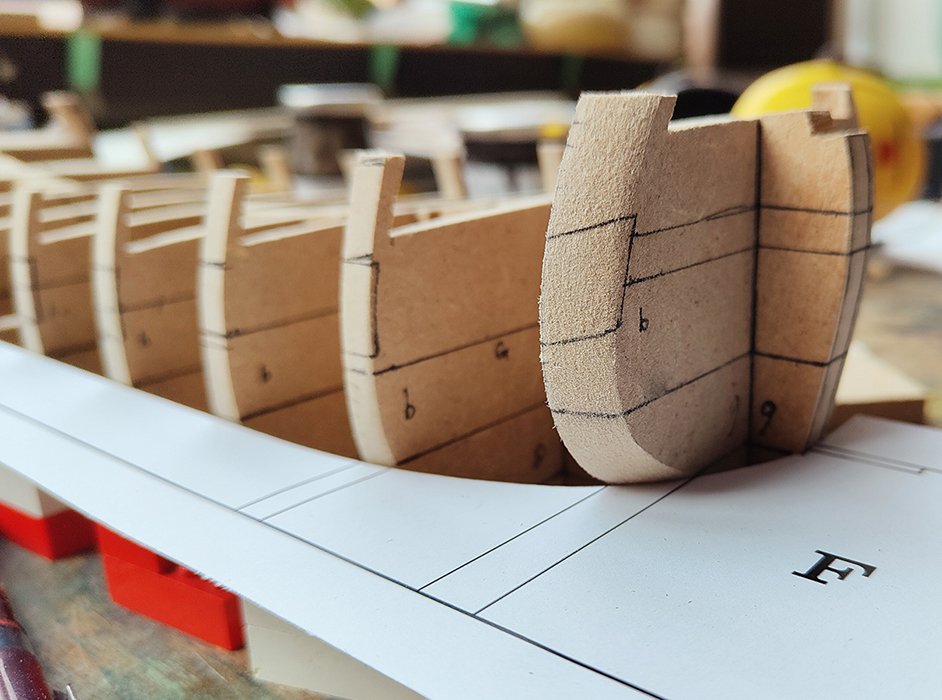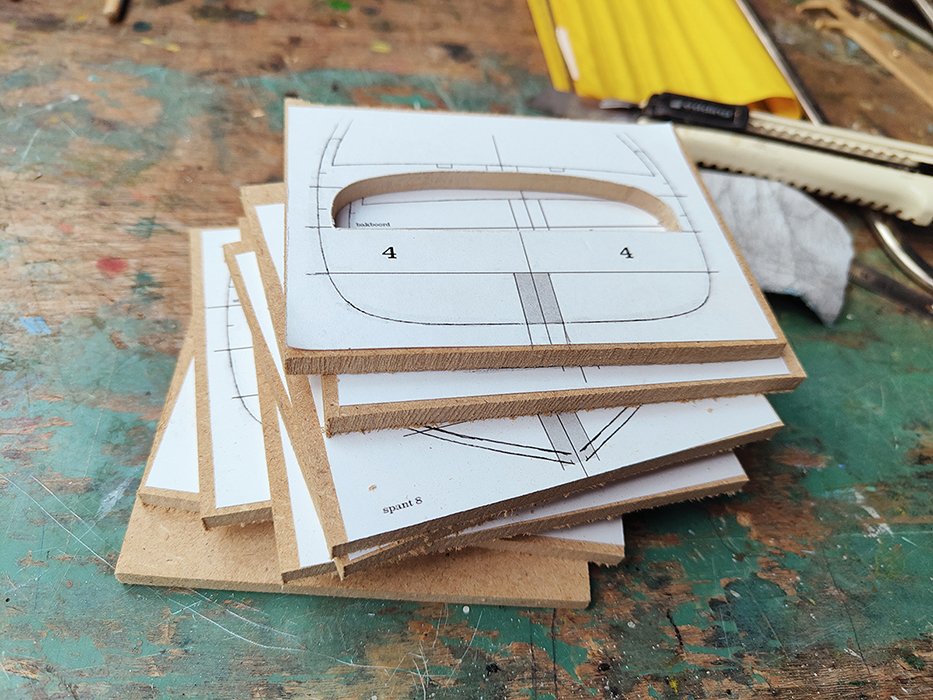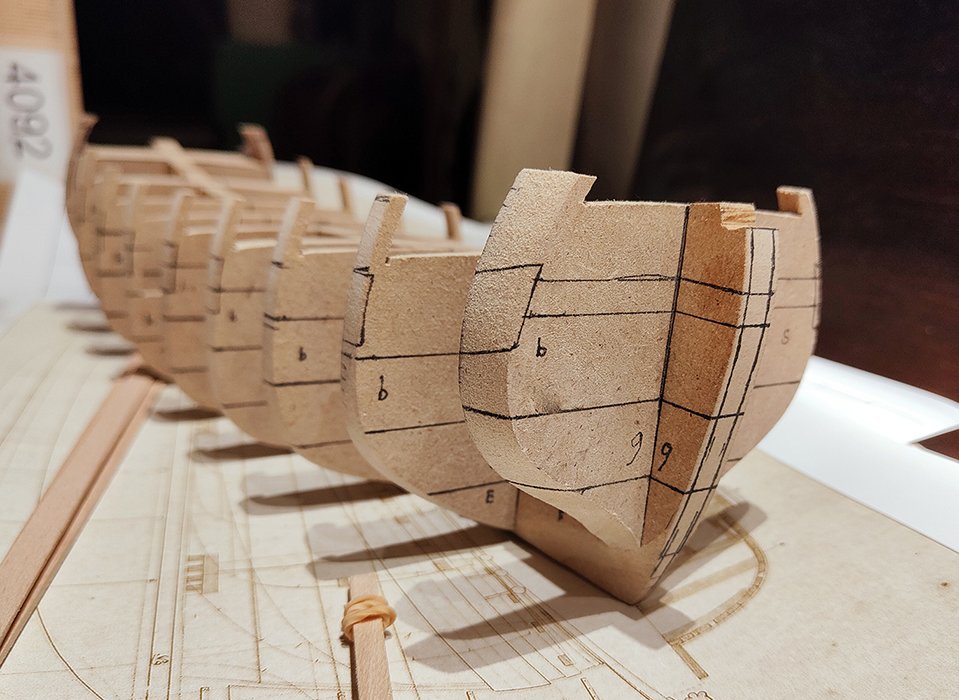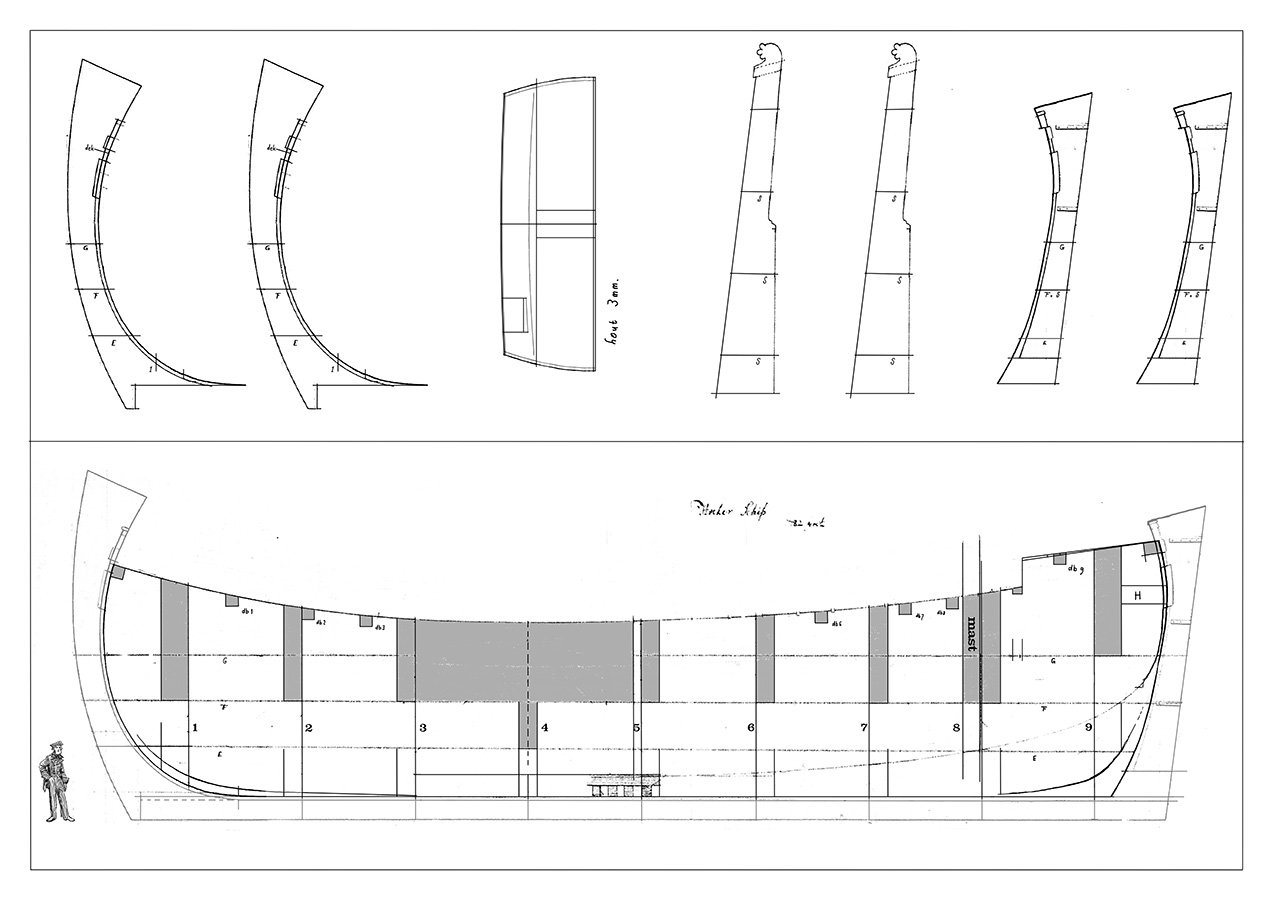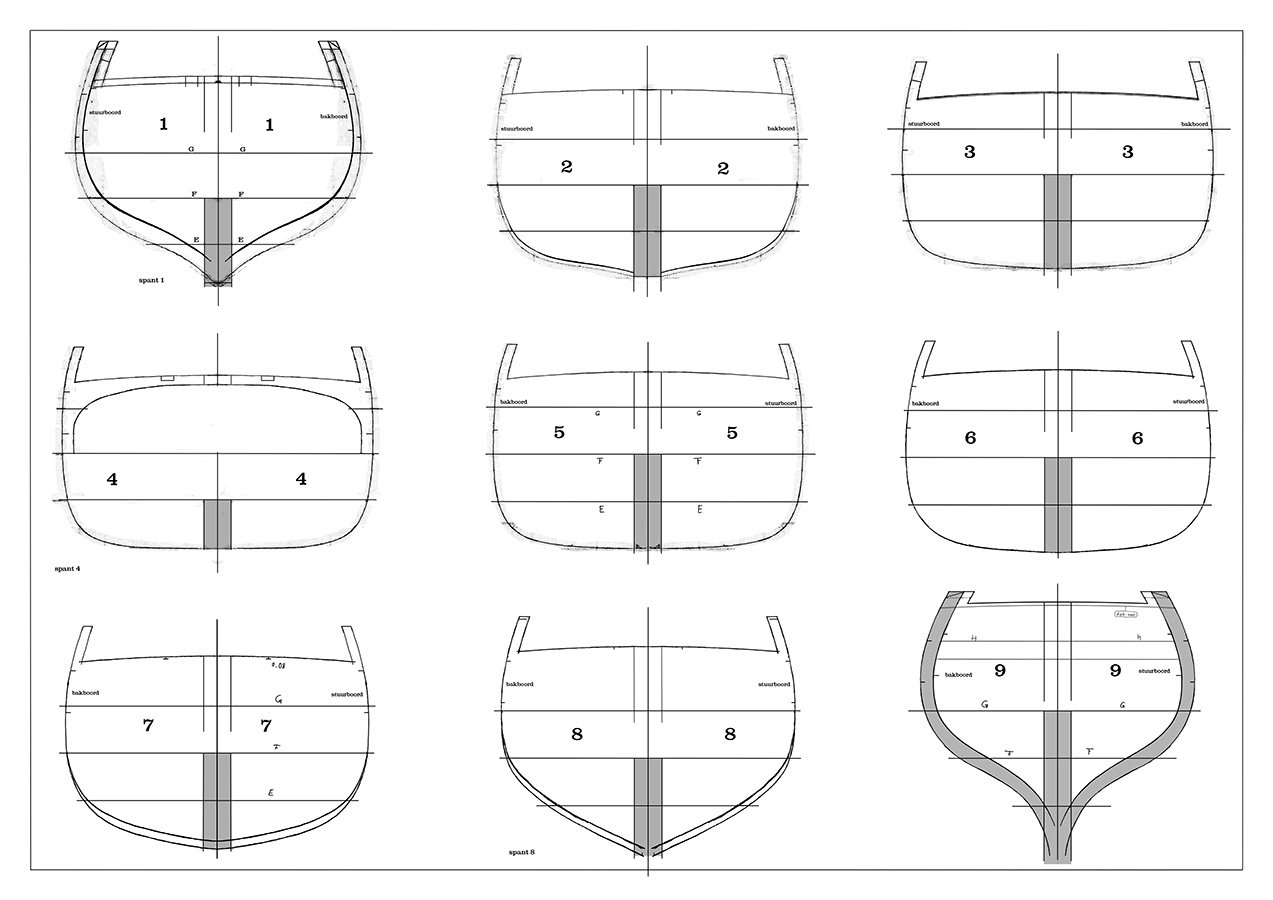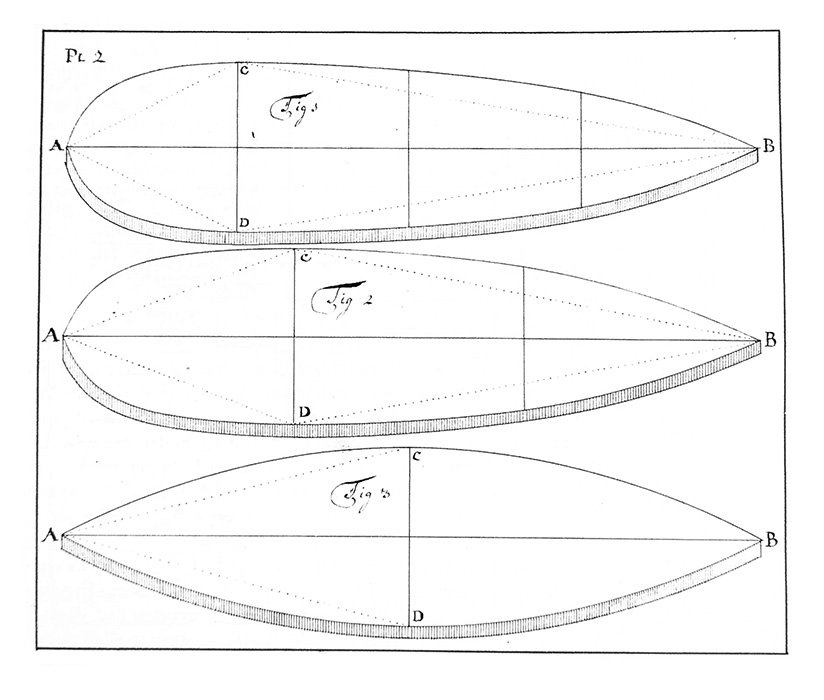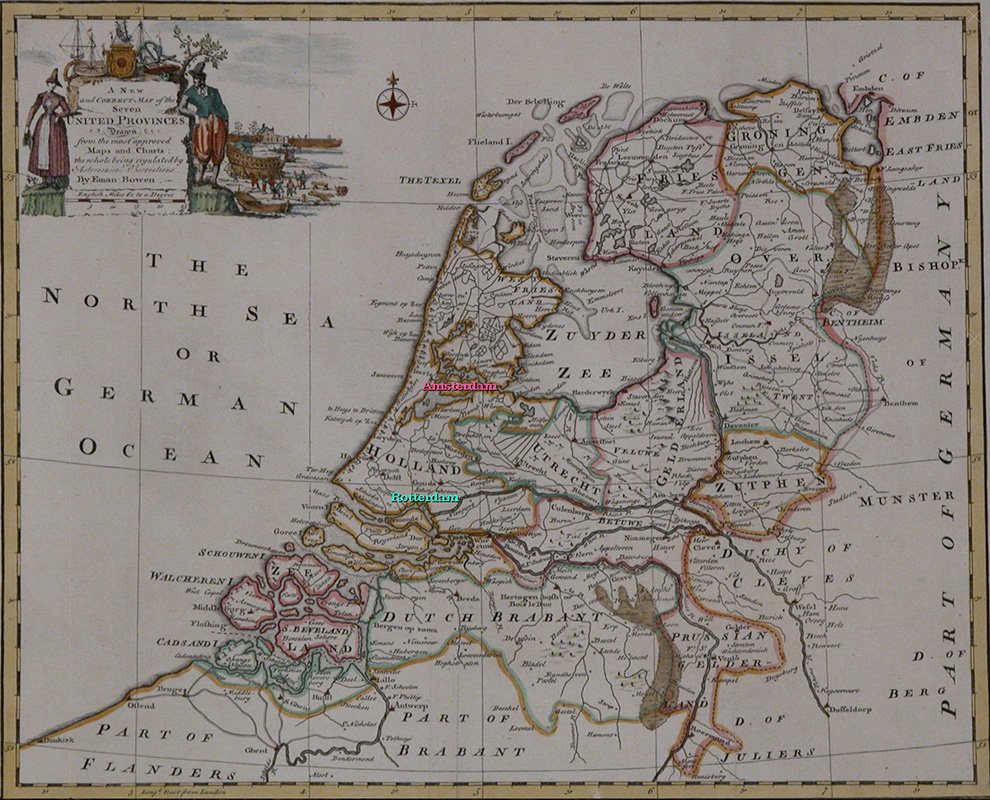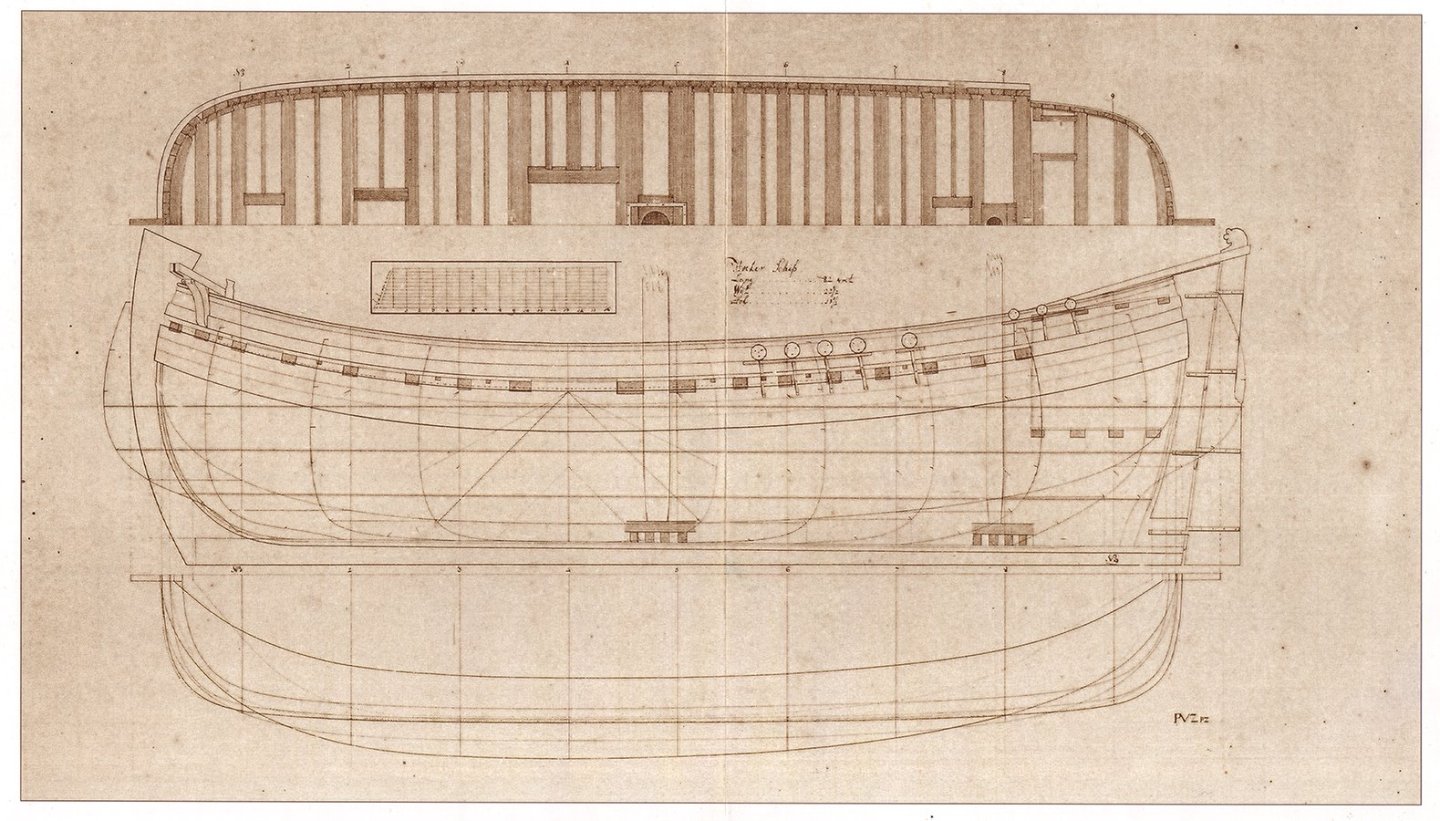In 1755 a powerfull Dutch administrator wrote an article in a scientific magazine of the time, in which he states that the Dutch shipwrights are incompetent and very convervative and did not have any scientific knowledge of ship design. He had not taken into consideration the van Zwijndregts though. Mid 18th century Pieter van Zwijdregt had already done scientifyc tests with a towing tank to examine the resistance of different hull shapes. Also there are very skilfully made construction drawings of a warship called the Twikkelo in the Maritiem Museum in Rotterdam which clearly show geometrical based design. Now this Twikkelo was build in 1725 by Paulus van Zwijndregt, Pieters father. That means that the knowledge of mathematics had already been developped by Paulus before that time.

